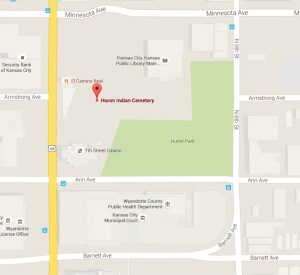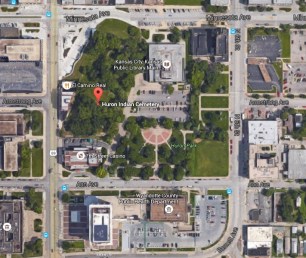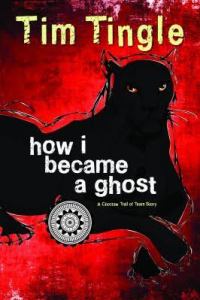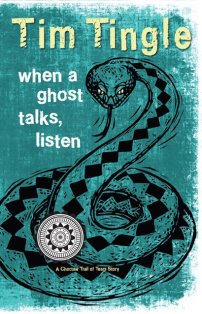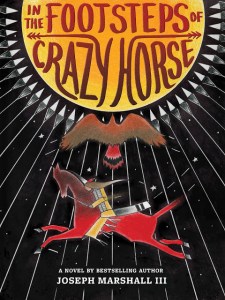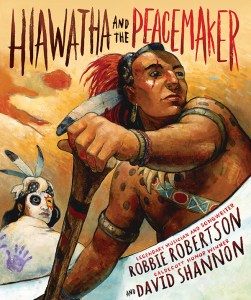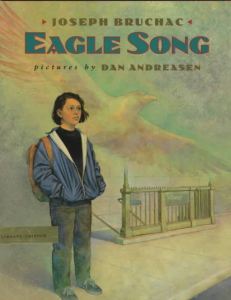Think of picture books and often we envision a toddler on a parent’s lap, listening and pointing. Or a pack of preschoolers sitting criss-cross applesauce on a colorful rug, heads tipped up to see the pictures while their teacher reads aloud. Or maybe a first grader, sitting alone with a book, intently studying the words in a picture book, their eyes darting from picture to text and back again, making connections and feeling their confidence swell.
Oh, there’s usually no debate surrounding the place of picture books in the lives of the youngest readers and prereaders. But something often happens around second grade, somewhere around the time chapter books are mastered, and the role of the picture book is diminished, if not eliminated.
By the time readers reach the middle grades, picture books are often nonexistent or scoffed at. “You’re too old for that book,” I heard a parent tell a fifth or sixth grader at a bookstore. “You can read harder books than that.”
And, yes, I’m sure that young reader was perfectly capable of tackling longer texts, but picture books have so much to offer readers of all ages. Let’s take a look at some new picture books that middle-grade readers could not only enjoy, but that could spark a deeper level of learning and understanding.
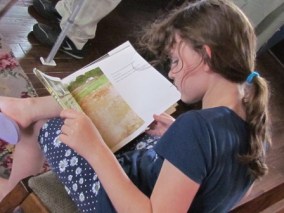
Picture Book Biographies Picture book biographies are everywhere and can serve as an excellent visual and literary introduction to someone middle-graders may never encounter anywhere else..
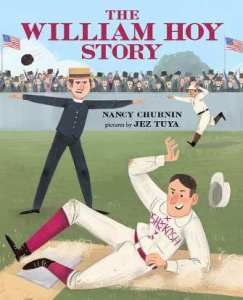
The William Hoy Story: How a Deaf Baseball Player Changed the Game by Nancy Churnin, illustrated by Jez Tuya, Albert Whitman, 2016.
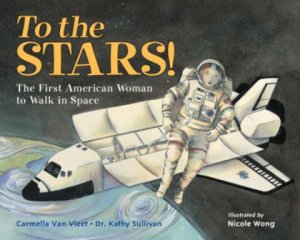
To the Stars!: The First American Woman to Walk in Space by Carmella Van Vleet and Kathryn D. Sullivan, Illustrated by Nicole Wong, Charlesbridge, 2016.
Picture Books to Address Social Issues Civil and human rights issues such as homelessness, poverty, equal opportunities, or segregation can be difficult for the middle-grader to grasp, and yet these problems exist in their communities, families, and in the ever-present media. Often a picture book can open the door to discuss more complex topics at an appropriate level.
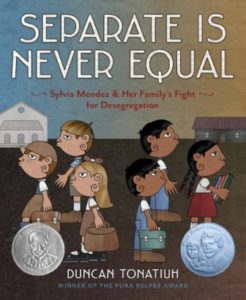
Separate is Never Equal: Sylvia Mendez & Her Family’s Fight for Desegregation by Duncan Tonatiuh, Abrams, 2014.
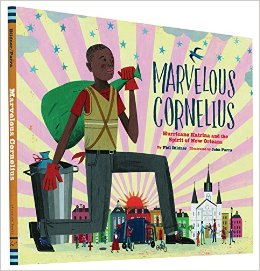
Marvelous Cornelius: Hurricane Katrina and the Spirit of New Orleans by Phil Bildner, Illustrated by John Parra, Chronicle, 2015.
Picture Book Origin Stories Older readers love to ask deep questions: Like where did doughnuts come from? and Who invented the super-soaker, and Why? Origin stories can inspire young inventors to dig deeper into science and become problem-solvers themselves.
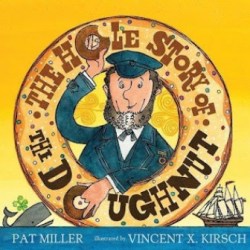
The Hole Story of the Doughnut by Pat Miller, Illustrated by Vincent X. Kirsch, HMH Books for Young Readers, 2016.
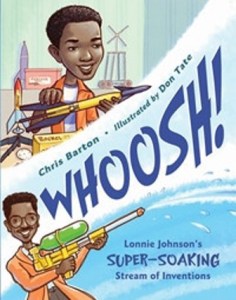
Whoosh! Lonnie Johnson’s Super-Soaking Stream of Inventions by Chris Barton, Illustrated by Don Tate, Charlesbridge, 2016.
Picture Books for Content Areas Math class is probably the least likely place you’ll find middle-graders reading picture books, but there are some great reasons to put picture books into the hands of young mathematicians. And scientists. And paleontologists. And astrophysicists.
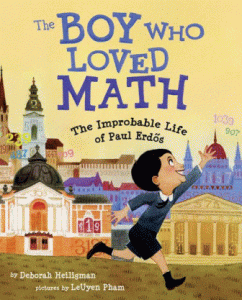
The Boy Who Loved Math: The Improbable Life of Paul Erdos by Deborah Heiligman, Illustrated by LeUyen Pham, Roaring Brook, 2013.
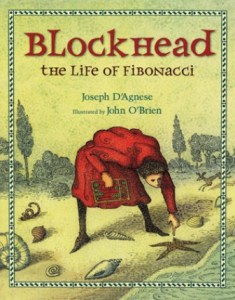
Blockhead: The Life of Fibonacci by Joseph D’Agnese, Illustrated by John O’Brien, Henry Holt, 2010.
Picture Books to Address Environmental Issues Upper elementary and middle schoolers hear phrases such as “global warming” and “our carbon footprint,” but explaining just exactly what these mean can be challenging. It’s likely they are already a part of a “reduce, reuse, and recycle” initiative, at school or at home. Picture books can help them understand how they might do more.
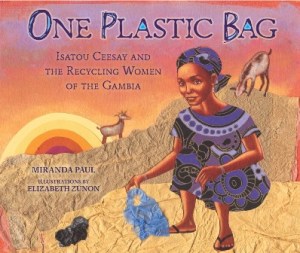
One Plastic Bag: Isatou Ceesay and the Recycling Women of the Gambia by Miranda Paul, Illustrated by Elizabeth Zunon, Millbrook, 2015.
Picture Books as Art Study The youngest readers look at the pictures in a picture book. Older readers can study them. They can understand how illustration contributes to the story-telling, how a picture book is a visual experience as well as a literary one. Older students can discuss how the artist’s choice of style, media, and color palette create mood and pace. This can be done with every picture book, any picture, all picture books, fiction or non. But, I’ll leave you with one that makes me smile, and I think any middle-grader would smile after reading it, too.
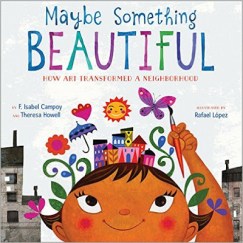
Maybe Something Beautiful: How Art Transformed a Neighborhood by by F. Isabel Campoy and Theresa Howell, Illustrated by Rafael López, HMH Books for Young Readers, 2016.
Michelle Houts is the author of four books for middle-grade readers. Her first picture book, When Grandma Gatewood Took a Hike (Ohio University Press, September 2016) is the biography of Emma Gatewood, the first women to walk the Appalachian Trail alone in one continuous hike.

